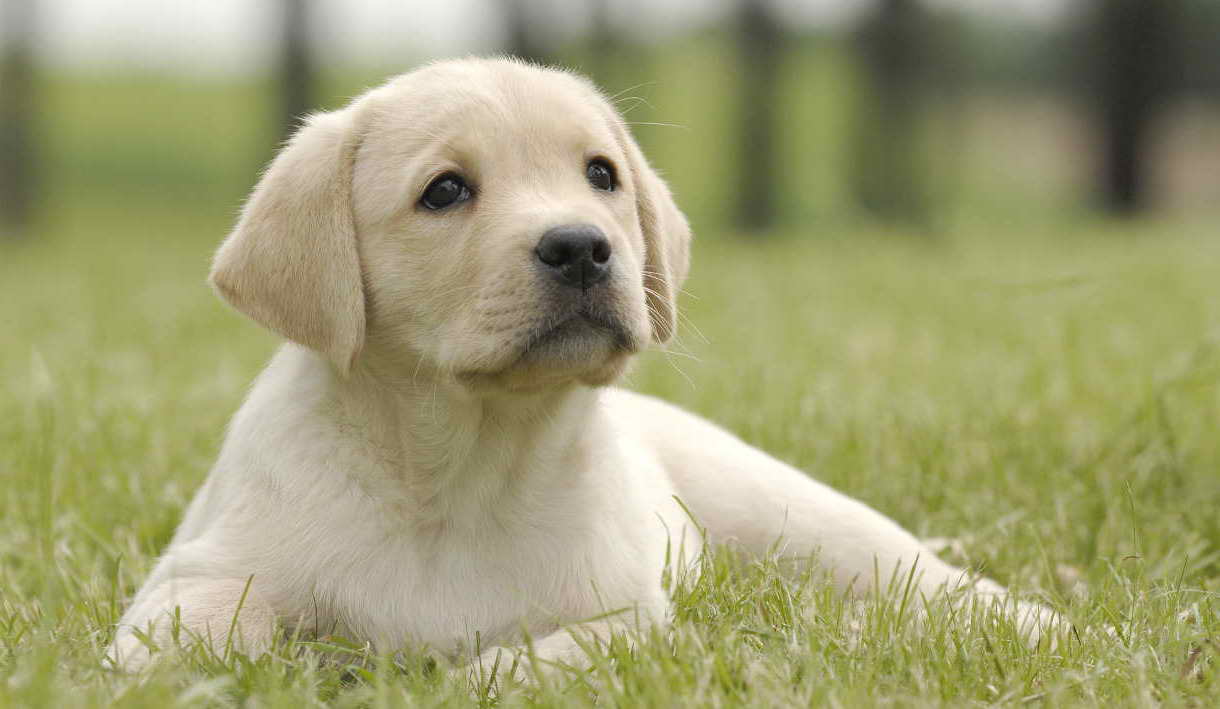
Labrador Puppy Training
If you’re looking for some easy steps for Labrador Puppy Training, look no further. There are a few basic commands you can teach your new puppy. First of all, when training your puppy, use treats to encourage obedience. This way, your pup will associate treats with being near you, and will eventually learn to stay quietly by your side. Adding target training will require you to show your puppy a target, which may require a biting or clawing session.
When training your Labrador puppy, balance free time with leash walking. Start in a boring area, then increase the distractions gradually. For example, if you are starting with an eight-week-old puppy, start in your backyard and gradually increase the distractions. For puppies that are still in their first vaccinations, you can begin with a leash walk in a fenced-in yard. Once the puppy is fully vaccinated, it can then move on to an urban environment.
Because Labradors are highly intelligent and adaptable, they can be used in many jobs. They make excellent guide dogs, drug detectors, and watchdogs. These characteristics make Labradors exceptional family dogs. If you want to enjoy your new pet, start training them early. They’ll appreciate your love and affection. You’ll also want to consider a professional dog trainer to help you handle their energetic personalities. While they can be great companions, they do require early training to avoid issues with chewing and biting.
Another way to help your Labrador learn good behavior is by using rewards and praise.
Using treats can be a distraction technique, but be sure not to overdo it. The last thing you want is an overweight dog! So, always remember that rewards are not the only way to train your Labrador puppy. Use these techniques in conjunction with your obedience training. You’ll be glad you did. If you’re struggling with aggressive behavior, try these tricks!
The first thing you’ll want to do is establish a daily routine for your new puppy. Teach him where the water and food dishes are, and when he should eat. In addition to learning where food and water bowls are, teach him what toys belong to him. Your pup should know the difference between his toys and those that belong to you, so be sure your command is clear and consistent. In addition to using treats to motivate your puppy, remember that love and kindness go a long way!
Next, teach your pup to target toys rather than your hands. Depending on the age of your pup, he may try to mouth your hands instead of interacting with you. When this happens, withholding treats will help him learn that his mouth is not for playing with your hands. Similarly, it’s important to avoid roughhousing for a few weeks. While mouthing may be difficult to eliminate, most of it should stop by the time your puppy is six months old.
Another important part of Labrador Puppy Training is socialization.
Labrador puppies are naturally friendly, so socializing with your puppy will be fun. Socialization involves exposing your puppy to a variety of different situations, sights, sounds, and surfaces. As part of socialization, it’s important to take your puppy outside often. This will build his trust and loyalty. And it will help his training! When you keep your puppy on a schedule, he will learn faster.
During the initial stages of Labrador Puppy Training, you’ll need to take your puppy outside for potty breaks, especially in the morning and evening. Your puppy’s bladder is likely to be larger than other breeds, so ensuring that your new dog has access to a designated area is essential. Labradors have an enormous amount of energy, so it’s vital to keep them active and happy.
Next, you’ll need to practice self-control. This means practicing with treats and praise. Start with a short walk outdoors, but gradually work your way up to larger areas. To teach your dog to sit and stay, you’ll need to introduce him to many different activities and distractions, and you’ll need to make some adjustments to your daily schedule to accommodate the puppy’s development. You’ll need to exercise your pup as well as make sure he gets plenty of treats.
Leave a Reply